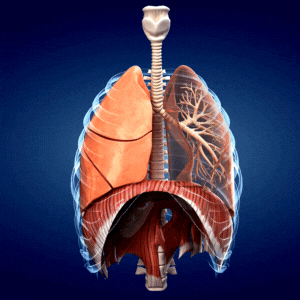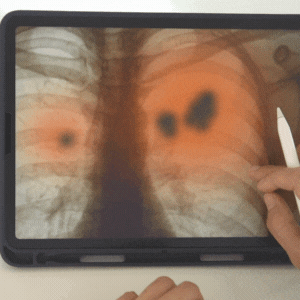
Mr. Edison Lu Seng Chuin, Dietitian
12 August, 2022
Pneumonia

Pneumonia is an inflammatory condition of the lungs that often leads to:
- high-grade fever
- chest pain
- dry cough or with sputum, and dyspnea (shortness of breath).
Did you know that pneumonia is the second principal cause of death (11.4%) among major ethnic groups (Bumiputera, Chinese, and Indians) in Malaysia? (Department of Statistics Malaysia, 2019).
This airborne disease can be caused by microorganisms such as parasites, fungi, bacteria, and viruses. It usually happens to hospitalized patients, those with weak immunity, or those on a ventilator (like COVID-19 patients). Patients with pneumonia, especially older adults, are at higher risk of becoming malnourished (e.g., protein-calorie malnutrition), showing signs of health decline, and having poorer respiratory muscle contractility and endurance.

The standard treatment for pneumonia is the antibiotics administration. Amoxicillin dispersible tablets are the choice of antibiotic recommended (WHO, 2019). However, for those with severe syndromes like aspiration pneumonia, hospitalization and comprehensive pulmonary (lung) rehabilitation therapy will be necessary. Patients who are found to have aspirated should avoid taking any fluids or food with immediate tracheal suction. Yet, this maneuver may not protect the lungs from chemical injury, which often happens immediately. If a patient has been diagnosed with aspiration pneumonia, they should be treated with antibiotic therapy that includes coverage for anaerobic pathogens. In other words, this treatment will have a stronger effect and be able to fight against more relevant microorganisms.
In terms of nutritional interventions for pneumonia, the goal is to reduce the risk of malnutrition (due to increased nutritional requirements and loss of appetite) and improve lung function. Whether it is during hospitalization or after discharge, it is important for the patients to have adequate nutrients intake. Although eating well will not cure the disease, it can directly help with respiratory muscle function, immune system, and allows better protection against the pathogens in the lungs, thereby reducing the lung inflammation and preventing disease progression. Following the tips below can help one feel better:
A study (Yang, 2019) shows that a treatment plan involving personalized dietitian support and family care can significantly improve the nutritional status of the patients with pneumonia and reduce their readmission rate. Therefore, if you or someone that you know have been infected with pneumonia, please do seek advice and treatment from health-care professionals.



